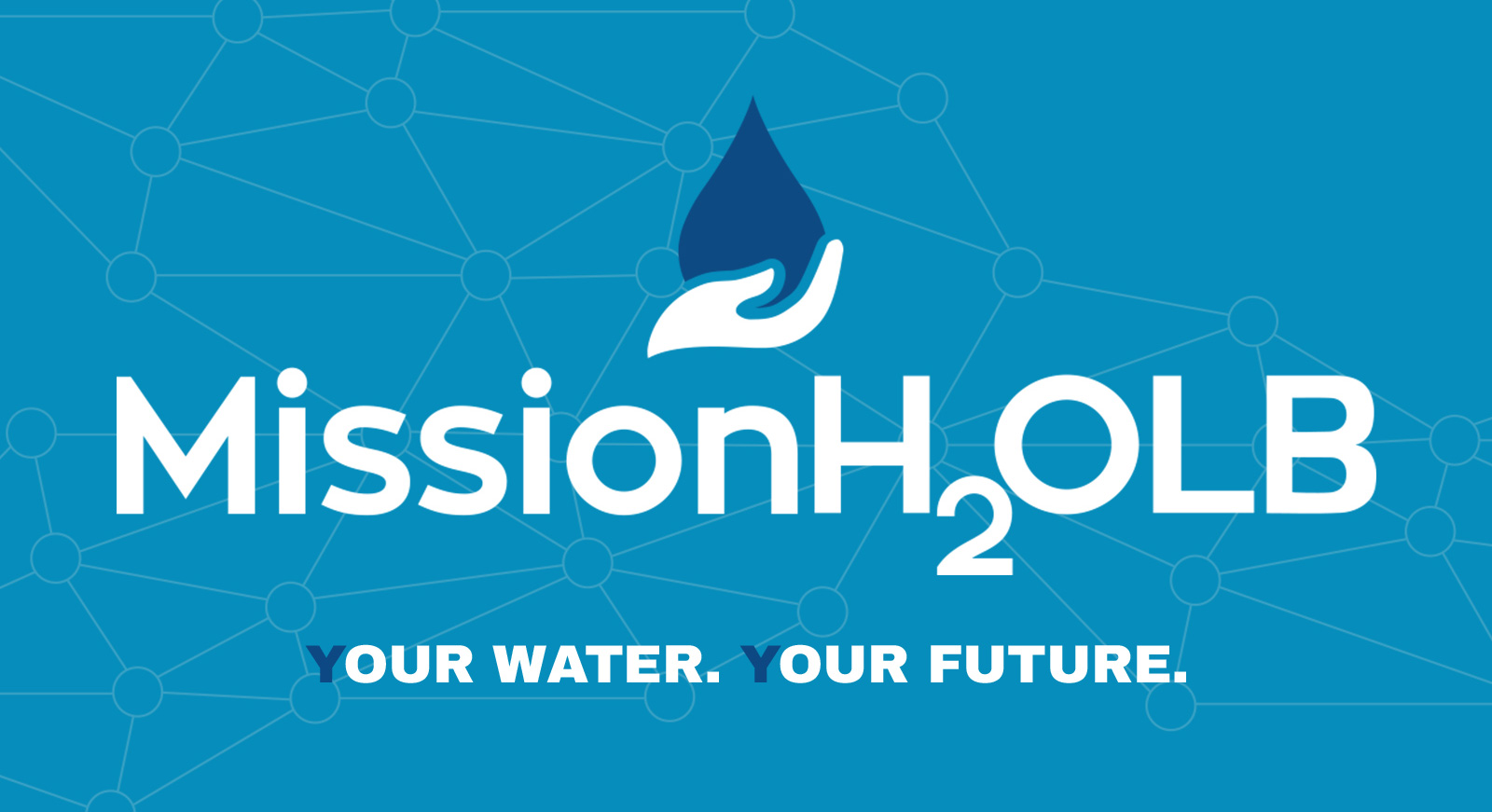
Despite a majority of California still mired in a five-year long drought, the State Water Resources Control Board (SRWCB) announced today that the state continued its water frugality for the month of May, saving over 28 percent more water over the same period in 2013.
That brings the cumulative total of water saved since the 2015 executive order for mandatory saving to 1.6 million acre feet, or enough to supply eight million people for one year.
Long Beach was among the 288 water suppliers that either met or were within one percentage point of meeting their conservation standards. Out of the nearly 400 suppliers in the state, Long Beach ranked in the upper half for conservation by exceeding its 9 percent conservation standard by 6.5 percent. It’s the second month in a row that the city has exceed its new target conservation figure since Governor Jerry Brown lifted the 2015 executive order and instructed local suppliers to recalculate their own conservation goals.
In a statement, the SWRCB President Felicia Marcus applauded the continued vigilance by suppliers and residents to conserve water use in the absence of state mandated marks. Marcus said that as the state enters into the hottest months of the year, the board’s report reflected the understanding by residents that water conservation still remains the “smart thing to do.”
“Rain or shine, drought or no drought, state mandated target or not, Californians should keep conserving,” Marcus said. “While conditions improved for urban California’s water supply with the rain and snow we got last year, we are still largely in drought and saving water can extend urban water supplies off into the future if this next winter is dry again.”
According to the United States Drought Monitor, an independent website maintained by the National Drought Mitigation Center, nearly 60 percent of the state is classified as experiencing severe drought conditions. Still, that represents about a 34 percent decline over the last 12 months.
RELATED
Long Beach Water Dept. Board Rescinds Stage II Water Restrictions; Returns to Stage I Practices
In addition to the number of gallons saved going up, the board reported that compliance rates also increased. Over 70 percent of suppliers met their marks or nearly missed, and an additional 16 percent of water suppliers were within five percentage points of their conservation standards.
 Water suppliers’ ability to set and enforce their own conservation marks took effect in June and were based on a “stress test” that required municipalities to demonstrate that their new conservation percentages would allow for them to provide water to their customers for three more years, if the drought persists. The SWRCB has yet to make the results of those stress tests public, as it awaits some late submissions and clarification from others that were incomplete or “unclear.”
Water suppliers’ ability to set and enforce their own conservation marks took effect in June and were based on a “stress test” that required municipalities to demonstrate that their new conservation percentages would allow for them to provide water to their customers for three more years, if the drought persists. The SWRCB has yet to make the results of those stress tests public, as it awaits some late submissions and clarification from others that were incomplete or “unclear.”
In the wake of Brown’s announcement, Long Beach rescinded its Stage II Water Shortage regulations last month, after a vote by the city’s water board. The move allows for one additional day of outdoor watering, but stipulated that the city return to twice a week irrigation when the winter months begin in October.
However, that vote didn’t come without some pause from some members of the board, including Robert Shannon, who likened the vote to the city’s reaction to the price of oil and the subsequent drop in oil prices that helped land the city in a budget deficit.
“What it illustrates, analogous to this situation, is that it’s easy and tempting to overreact to what may be a short-term reaction,” Shannon said during a meeting last month. “[…] and it turned out to be just that.”
When Brown lifted his 2015 executive order that mandated a cumulative savings of 25 percent for the state and handed down conservation marks to local water suppliers, he stipulated that some of those measures would remain permanent.
Some of those permanent water wasting prohibitions include a ban on hosing off sidewalks and hardscapes, washing cars with hoses not equipped with shut-off nozzles or watering lawns to the extent that it creates runoff. The governor also extended protections for homeowners from local governments or homeowner’s associations from taking action against those who reduced how much they water their lawns, or stopped watering them altogether.
While the Long Beach board’s rescinding of the Stage II shortage allows for one extra day of outdoor irrigation, it also kept some of its own practices in effect. Those include the limiting of outdoor watering to before 9:00AM, or after 4:00PM, forbidding restaurants to serve water unless it’s requested, and banning outdoor irrigation for 48 hours after measurable rainfall.
The Long Beach Water Board meets tomorrow for its first meeting of July inside the department’s Brennan S. Thomas Administration Building, located at 1800 East Wardlow Road.

